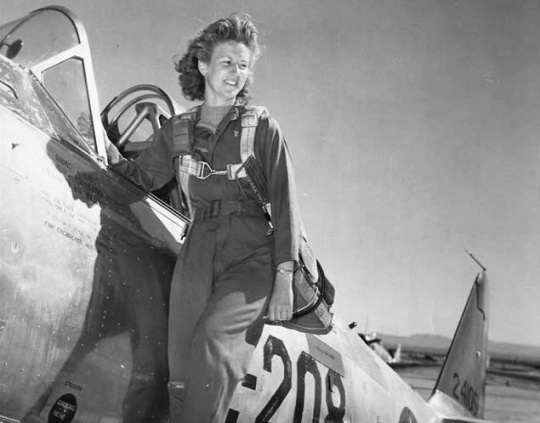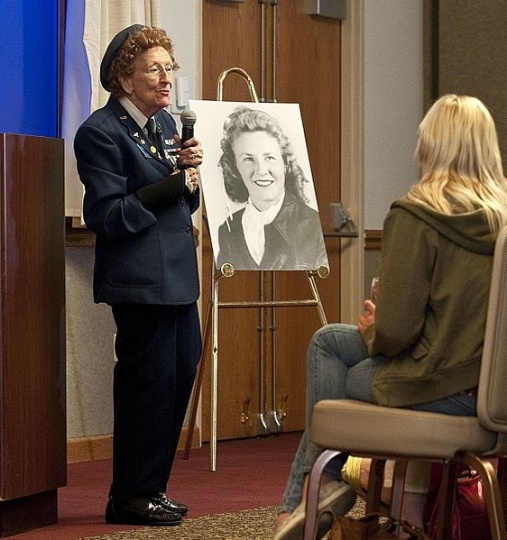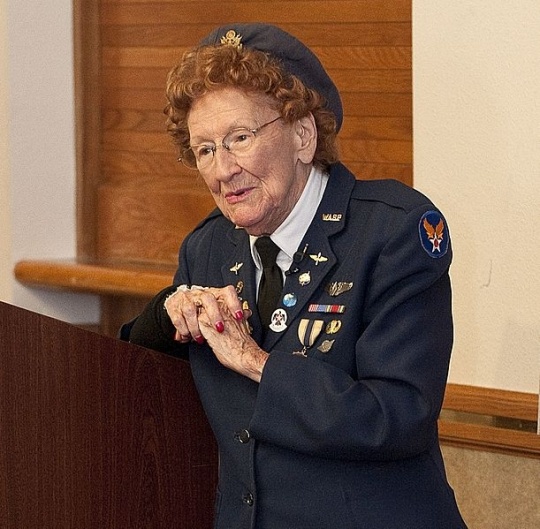Strohfus, Elizabeth (Betty) Wall (1919–2016)
Bibliography
Biography. Jacqueline Cochran.
https://www.biography.com/people/jacqueline-cochran-9252061
Giles, Kevin. “Obituary: Betty Wall Strohfus, WASP Pilot and Advocate for Women Who Flew During World War II.” Minneapolis Star Tribune, March 19, 2016.
http://www.startribune.com/obituary-betty-wall-strohfus-wasp-pilot-and-advocate-for-women-who-flew-during-world-war-ii/372709861/
Roberts, Patrick. And Still Flying...The Life and Times of Elizabeth “Betty” Wall. Faribault, MN: Walking Shadow Publications, 2003.
Strohfus, Elizabeth. Love at First Flight: One Woman's Experience as a WASP in World War II...and Fifty Years Later, She's Still Flying. St. Cloud, MN: North Star Press, 1994.
WASP on the Web. WASP FAQs.
http://wingsacrossamerica.us/wasp/facts.htm
Women of World War II. WASP Aviators.
http://www.womenofwwii.com/armywasps.html
Chronology
1919
1939
1943
1943
1944
1944
1947
1969
1972
1979
1979
1990
1991
1991
2016
Bibliography
Biography. Jacqueline Cochran.
https://www.biography.com/people/jacqueline-cochran-9252061
Giles, Kevin. “Obituary: Betty Wall Strohfus, WASP Pilot and Advocate for Women Who Flew During World War II.” Minneapolis Star Tribune, March 19, 2016.
http://www.startribune.com/obituary-betty-wall-strohfus-wasp-pilot-and-advocate-for-women-who-flew-during-world-war-ii/372709861/
Roberts, Patrick. And Still Flying...The Life and Times of Elizabeth “Betty” Wall. Faribault, MN: Walking Shadow Publications, 2003.
Strohfus, Elizabeth. Love at First Flight: One Woman's Experience as a WASP in World War II...and Fifty Years Later, She's Still Flying. St. Cloud, MN: North Star Press, 1994.
WASP on the Web. WASP FAQs.
http://wingsacrossamerica.us/wasp/facts.htm
Women of World War II. WASP Aviators.
http://www.womenofwwii.com/armywasps.html







